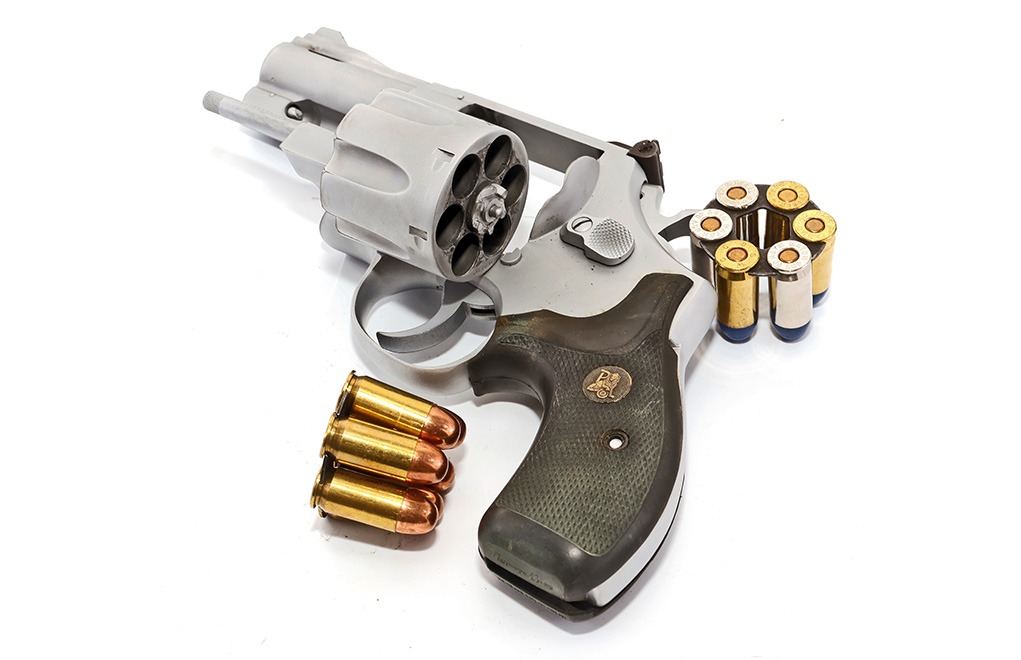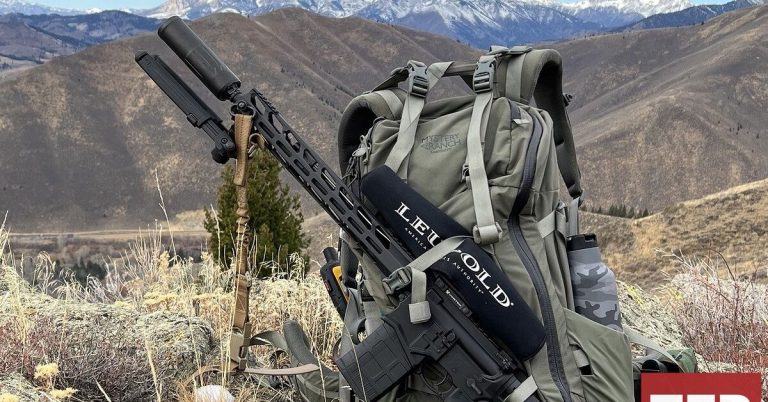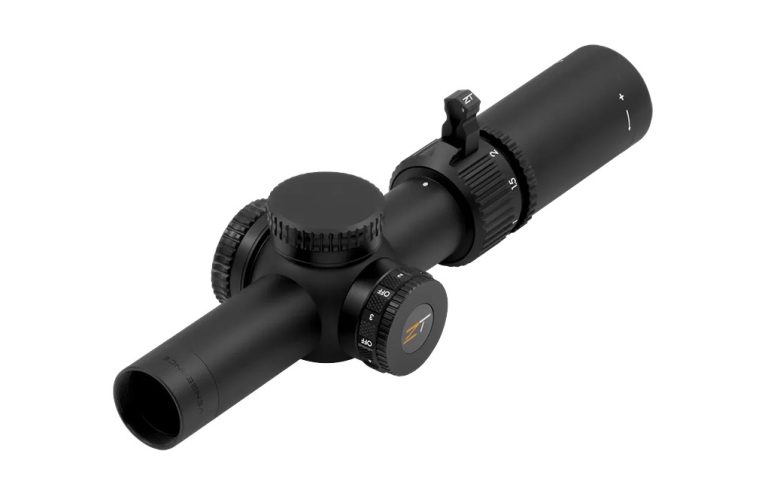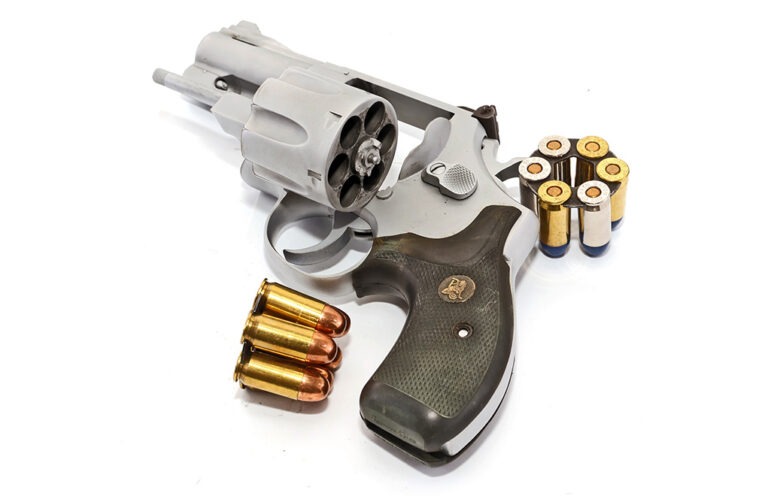
Just because snub-nosed revolvers are small does not make them less than.
I learned a lot from shooting snub-nosed revolvers. And from carrying them. The packability of a short-barreled revolver is not something you should overlook. Yes, the cylinder does add some bulk, but the real problem with comfortable carry is the barrel, the part that acts as a lever against your hip, waist or some other body part. With the right holster (and every handgun you carry should be in the correct holster, no “pocket carry” in the 21st century), it stays secure, rides comfortably and is easy to draw.
What, then, are the complaints that people have with the snubby? Capacity, trigger pull and accuracy.
No Hurdles Too High
Capacity is easy: You’ve got five or six rounds. Unless you opt for a big-frame snubby, then you can get seven—in some, anyway. Go down in caliber and you can stay compact and get seven, but now we’re talking .32s of one stripe or another.

OK, six rounds it is. Compare that to a subcompact 9mm, with (single stack) six or seven rounds or (double-stack) 10 rounds. I’ll admit that 10 is more than six (I don’t work for the government, after all), but how many times will you or anyone need more than six? And speedloaders make that less of an issue. The compact 9mm brings problems of its own, which we’ll discuss in a bit.
Speaking of capacity, speedloading a snubby can be a very fast thing. Back in the 1980s, I was shooting in an indoor league and entering the Revolver Division. The course was the same for both revolvers and pistols, and with speedloaders I had no problem making the times with the 2-inch S&W M-10 I was using, compared to others shooting pistols.
Practice matters here, more than starting capacity. If you practice with speedloaders you’ll be faster on the reload than the pistol guy who didn’t practice.
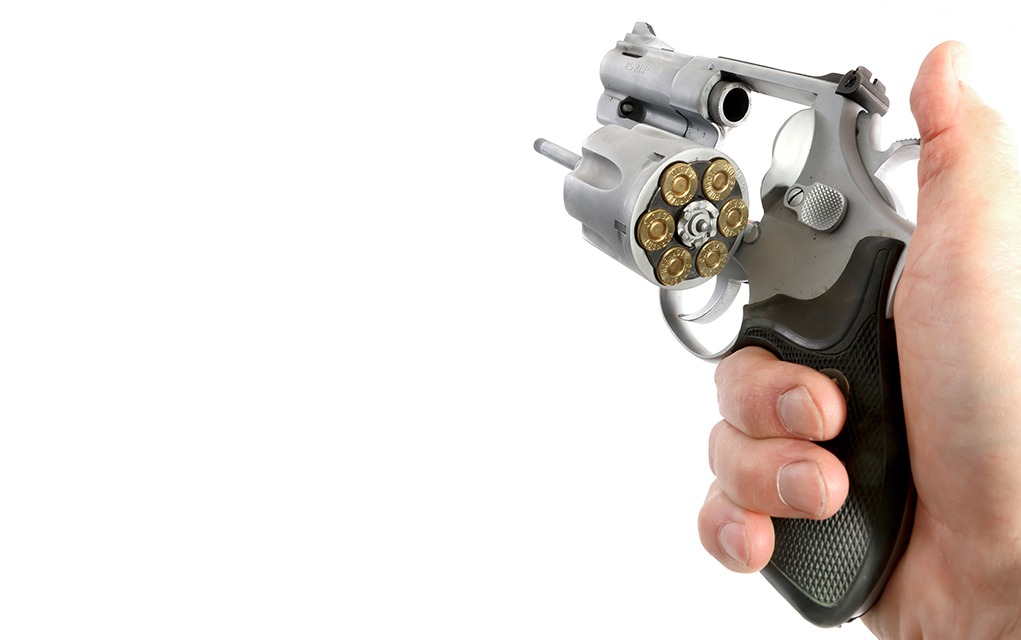
The trigger pull on a revolver can be a task to handle, but it need not be if you have yours slicked up by a pistolsmith who knows the task. Or you can dry-fire it a lot.
I met Guy Hogue of Hogue Grips fame at the old Second Chance pin shoot. One of the revolvers on his table, with his grips on it, was a S&W M-58. The fixed-sight N-frame in .41 Magnum. I picked it up, flipped open and closed the cylinder, and then dry-fired it. At the look on my face, with a smile and yet a bit tired, Guy said, “No, not for sale.” He had been using that revolver as a demo for years, it had been dry-fired a bazillion times, and it was smooth. And he would get the question every time he set up his table.
If you think a clean double-action (DA) trigger on a S&W revolver is bad, you really haven’t spent a lot of time with various plastic-framed striker guns, or with various “crunchen-tickers.” Not to pick on them in particular, but Glock has said from day one that their trigger is 5 pounds. I have yet to meet a box-stock Glock that even came close to that.
And the traditional double-action/single-action pistols aren’t better in many instances. A first shot DA of 12-plus pounds, followed by a mushy 6-pound single is not conducive to accurate shooting. A smooth all-the-way-through 10-pound trigger (easy on an S&W K-frame for example) makes shooting a lot more fun.
If you really need a single-action trigger pull, then thumb-cocking the hammer gets you a clean trigger pull that weighs under 4 pounds. But if you stick with practicing your DA trigger stroke, you won’t need the single action. Well, not much.
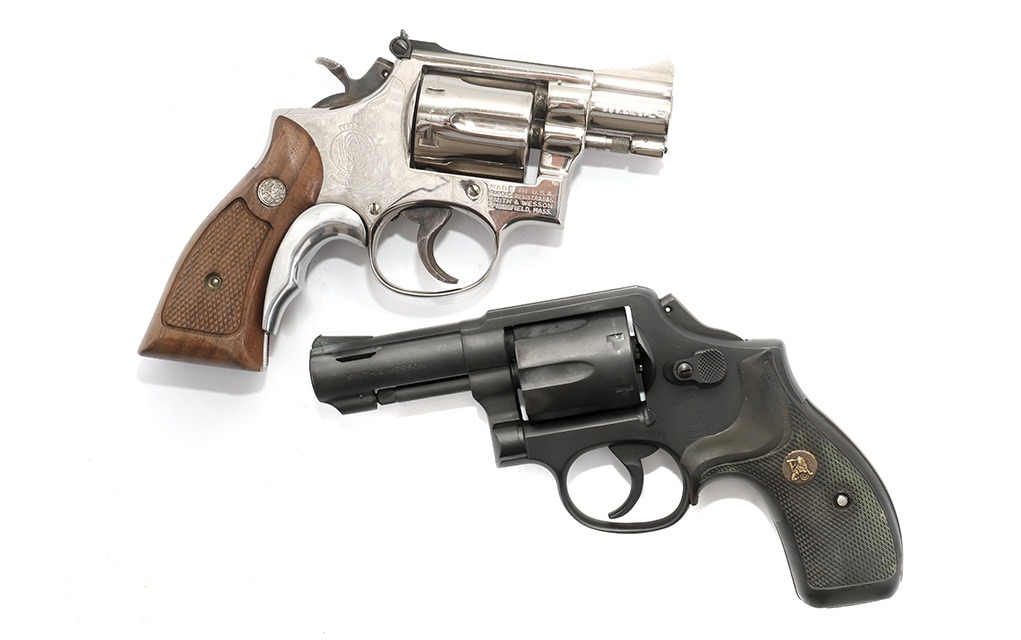
Accuracy: This isn’t due to any inherent lack of accuracy in the snubby. In fact, it’s as accurate as any other revolver, since the barrel is tightly screwed into the frame. The problem is you and the short sight radius.
Simply put, your eye can more readily discern (actually your brain does the work, but we speak of it as if the eye does the work) a misalignment when the two parts being compared are further apart. A small variation on a revolver with an 8-inch barrel is a lot easier to see than it is when the barrel is only 2 inches long.
That said, does it matter? Well, if you were to attempt to use a snubby in a Bullseye match, yes. But shooting at typical defensive and practical competition distances, not much, if at all. I was discussing that with the camera crew when I was doing a TV segment, and remarked, “Oh, I can hit that target out there with a snubby” (pointing at the steel silhouette at the back of the range).
“How far could you do that?”
“Oh, I could probably do alright out to 100 yards.” Before I could realize the impact of that, the producer said, “Set it up. Get the camera in position.”
There I was—in front of the camera—telling the viewers that snubbies could hit a target at rifle distances, and then while the cameras rolled, proceeded to single-action six shots for six hits out of my S&W M-15. Clean on the first take, and that was it because I wasn’t going to try it again for the camera.
Advantages Aplenty
Compactness, hand fit, weight and simplicity of use.
A snubby with a round butt, or even just partly rounded, is as compact as you’re going to get for five or six rounds. It will disappear into a pocket of a winter coat (in a pocket holster, of course), and it can even disappear into a pocket of your trousers. In fact, I know of at least one state trooper agency that had trousers tailored for, and revolvers issued to, troopers to carry in their off-hand trouser pocket. In the winter, the snubby went into a holster built into the winter jacket off-hand pocket.
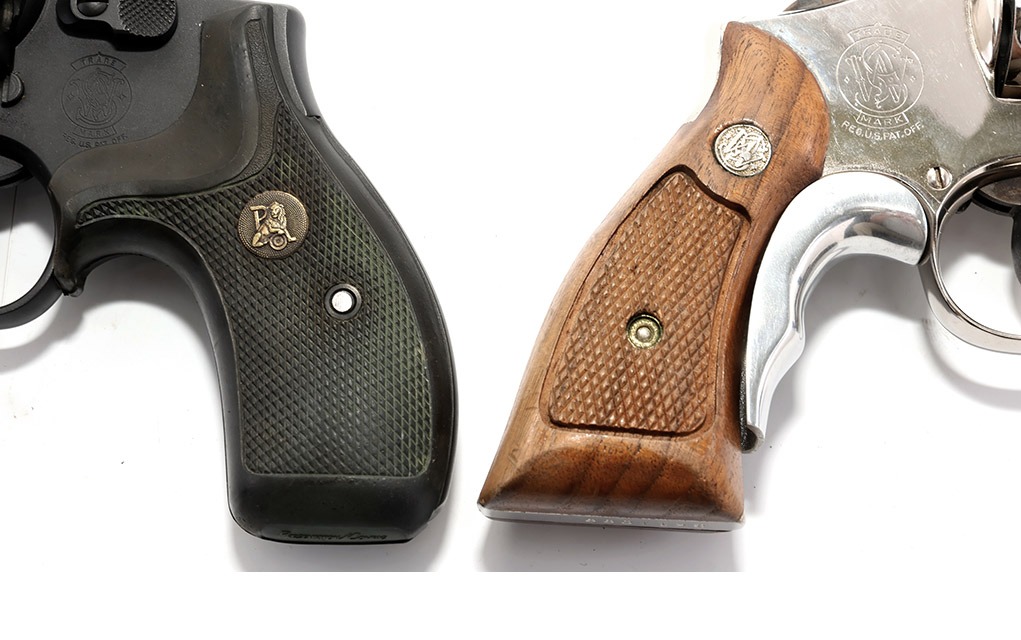
That round butt also makes it very comfortable in your hands. Guy Hogue was one of the first to make rubber grips—to fit your hand, to be softer in recoil and to stay concealed—for the then-standard snubby for the carry gun crowd. Unlike a subcompact 9mm pistol, which sacrifices grip for concealability, the snubby is what it is. Making the barrel shorter doesn’t change the grip (a plus and a minus, I’ll admit), and so you can always get a good grip on the draw. That ultra-compact 9mm? Not always so easy, since all you can do is get one finger below your trigger finger onto the frame.

Weight is good and bad, and bad and good. Good in that it dampens recoil, but bad in that you have to pack it. If you want light weight, then you’re in luck. Colt offered the Detective Special with an aluminum frame and called it the Agent. S&W offered the M-12 and the M-37, a K-frame and J-frame revolver respectively. That 37 later became the 38, with a shrouded frame to keep the hammer from getting hooked on clothing, not to be confused with the M-442, a fully concealed hammer snubby.
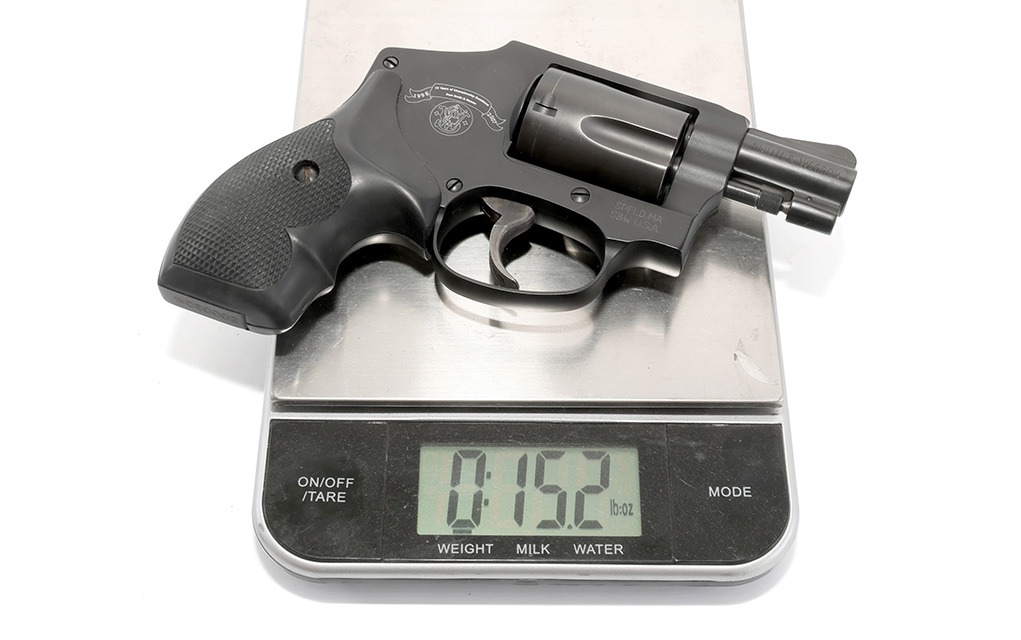
Less Is More
As for simplicity, that’s easy. As in, snatch the revolver from wherever you’re packing it, point and stroke through the trigger. No thumb safeties, no grip safeties (well, there was the S&W Centennial, with a grip safety, but it’s a collectible now)—just point and click.
And calibers? The latest is the special model, the M-432, S&W has just offered, done in .32 H&R and for six shots worth. The standard snubby caliber is .38 Special, but if you feel that isn’t sufficient then you can have a short-barreled wheelgun in .357 if you wish.
I have a S&W M65 (all steel) with 3-inch barrel, and it was one of my daily carry guns back in the day. (It was a backup to an LWC 1911 in .45.) It was tolerable to shoot in .357. The classic here is the 2.5-inch M-19, something I lusted after for many a year. If you opt for an airweight in .357, well … you’re on your own. Those are pro-level guns and can be painful to shoot more than a few rounds through.
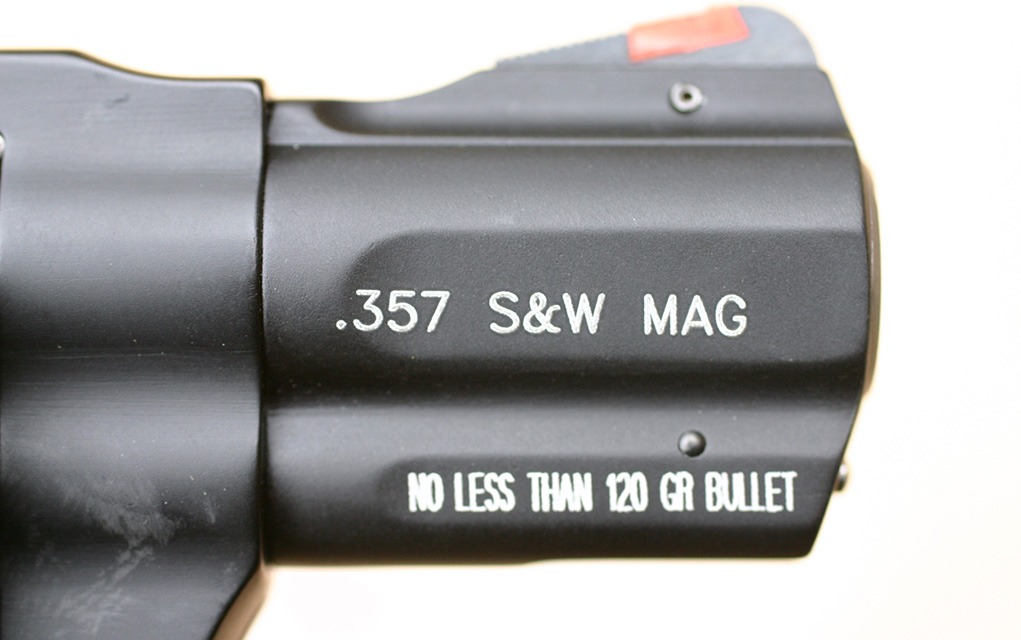
One specialty snubby is a big-bore wheelgun, where you are stuck with the N-frame-sized package. That’s a 10mm, .41 Magnum, .44 Special or .44 Magnum, with sensible loads, or in .45 Colt, and it can be quite the tool. But the best one here is a snubby N-frame in.45 ACP.
Why?
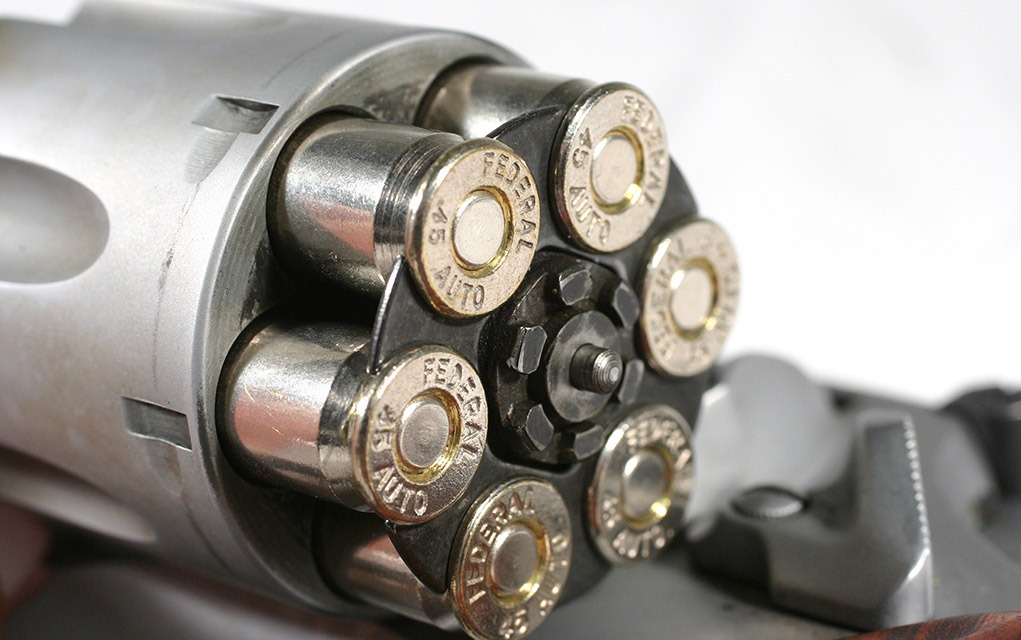
Because all the top-end .45 ACP loads max out at the top of the recoil level you’d want to be shooting out of a snubby anyway, and when it comes to quick reloads, a .45 ACP revolver with full-moon clips is king of the hill. Don’t believe me? At the annual king of bowling pin shoots, The Pin Shoot, up in Central Lake Michigan, you’ll only ever see .45 ACP wheelguns in the Revolver Event. You face eight pins, you’re required to reload, and everyone uses full moon clips and .45 ACP. The winning time last year was 7.7 seconds, start beep to last pin on the ground.
Yea, sure, revolvers are obsolete and snubbies are no use at all (insert sarcastic tone here).
Editor’s Note: This article originally appeared in the August 2024 issue of Gun Digest the Magazine.
More On Revolvers:

Next Step: Get your FREE Printable Target Pack
Enhance your shooting precision with our 62 MOA Targets, perfect for rifles and handguns. Crafted in collaboration with Storm Tactical for accuracy and versatility.
Subscribe to the Gun Digest email newsletter and get your downloadable target pack sent straight to your inbox. Stay updated with the latest firearms info in the industry.







